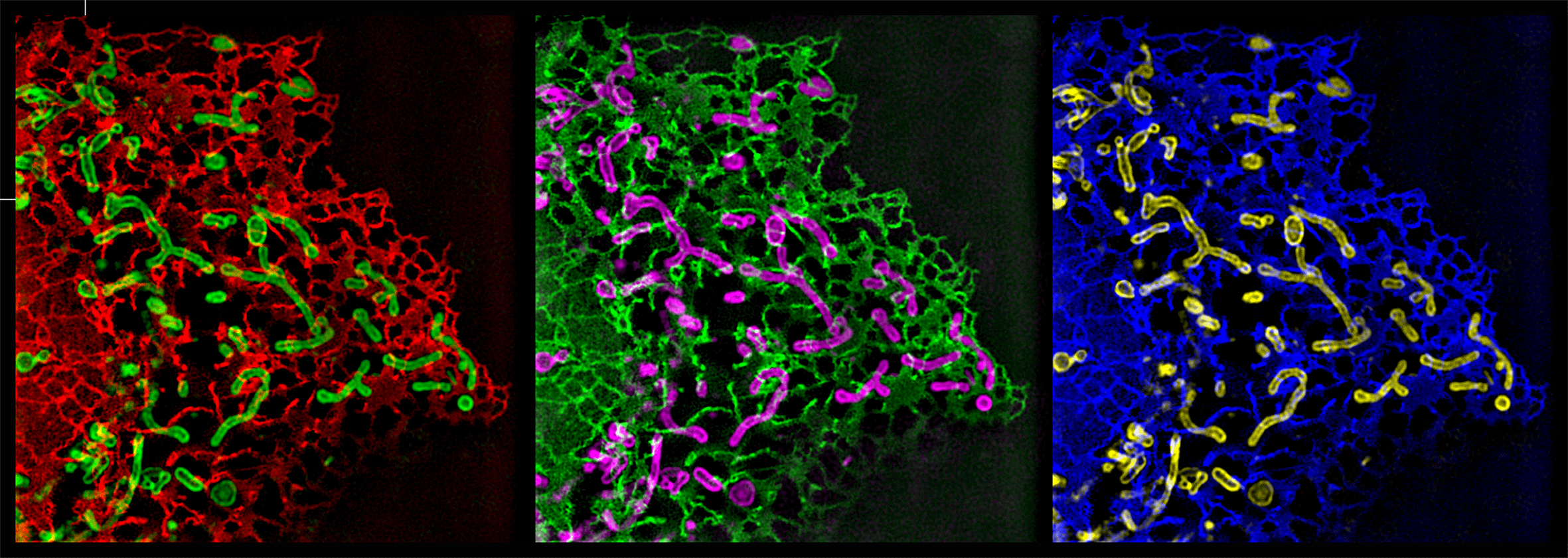Kleele Group

Mitochondria are critical for many cellular processes, from ATP production, lipid biosynthesis and Ca2+ homeostasis to mediating cell proliferation, apoptosis and immunity. The functional role of mitochondria varies between cells depending on the demand for energy, metabolite biosynthesis and signaling. To account for these different needs, mitochondrial function is optimized by modulating their structural organization. Opposing processes of fission and fusion allow mitochondria to modify their form from interconnected tubules to small fragmented spheres. Fission and fusion are tightly regulated to secure cell viability and disturbances in either processes are linked to human diseases, including neurodegeneration, cardiovascular diseases and cancer. But although mitochondrial structure and dynamics are inevitably linked to their metabolic function, it remains obscure how these organelles integrate cellular cues and as a result adjust their dynamic behavior and adapt their morphology. Addressing this question remains a challenge and we still lack studies examining mitochondrial dynamics and function at the single organelle level.
Our group uses super-resolution microscopy (SIM, iSIM, STED) in living cell to access mitochondrial ultrastructure, dynamics and metabolic function simultaneously and with single-organelle resolution.
